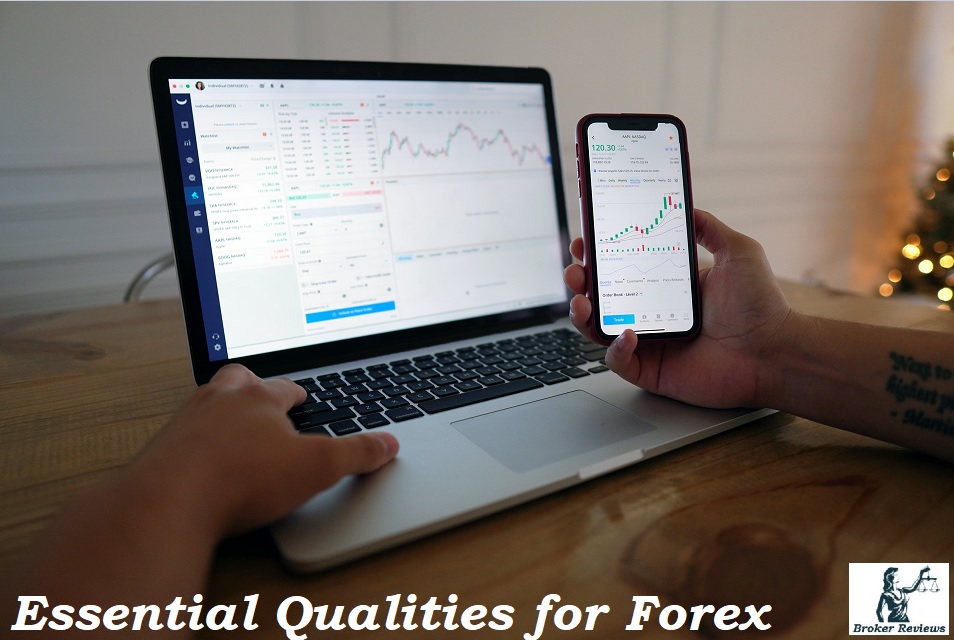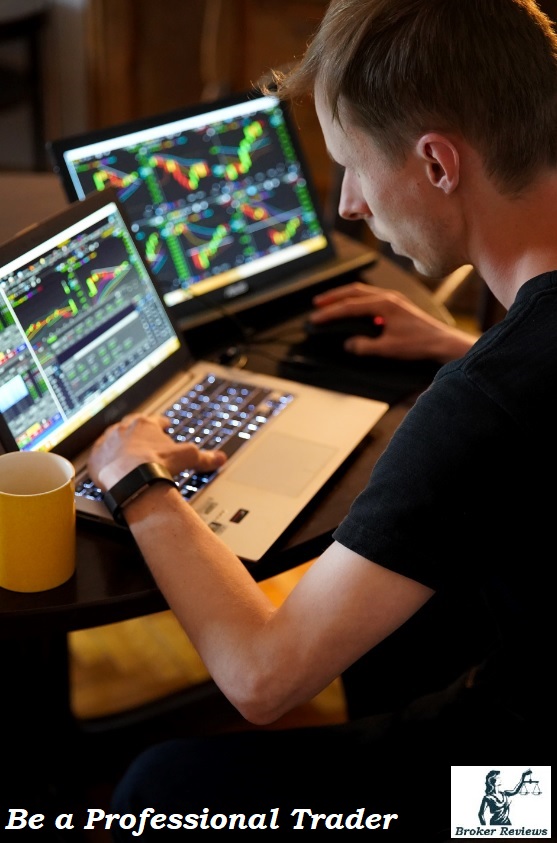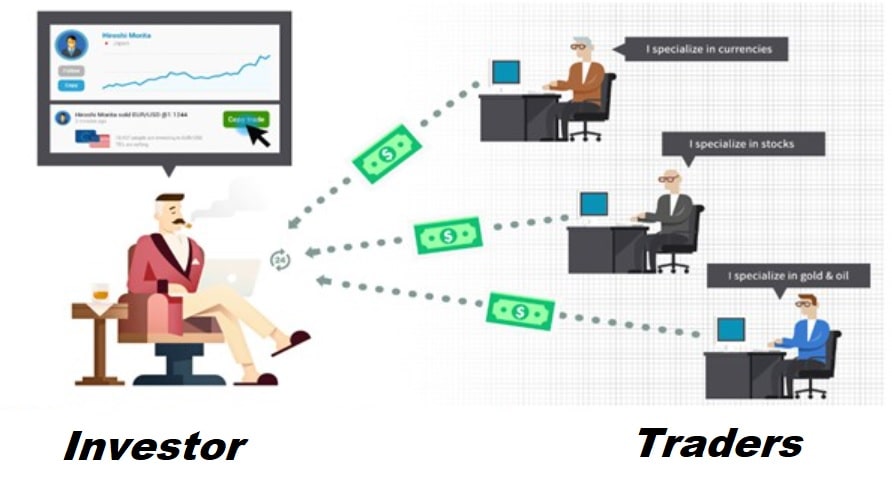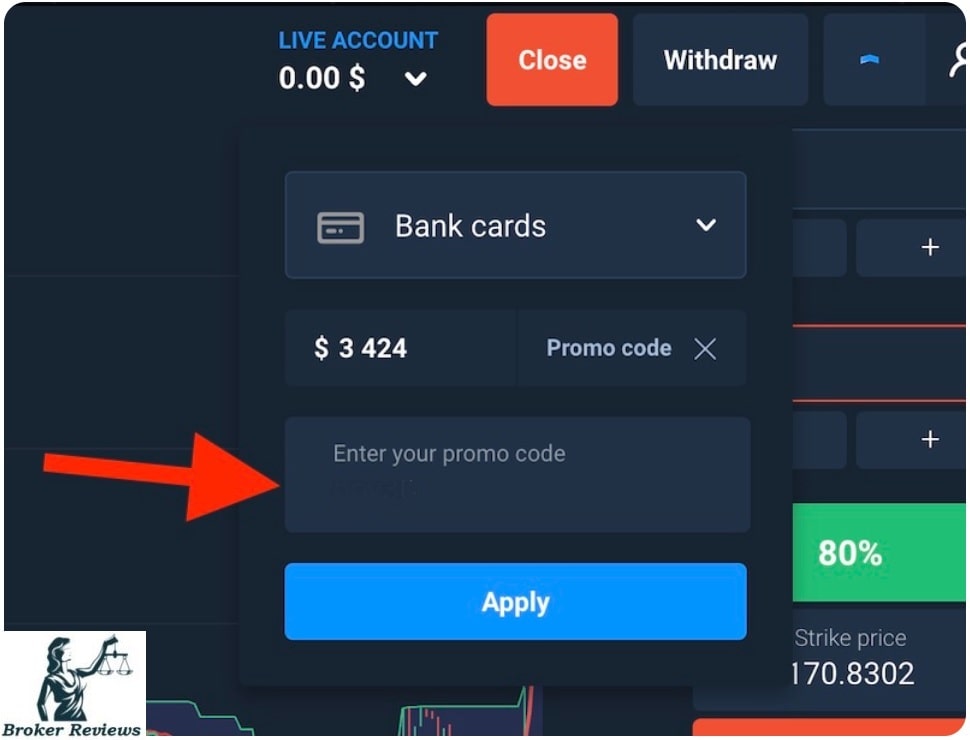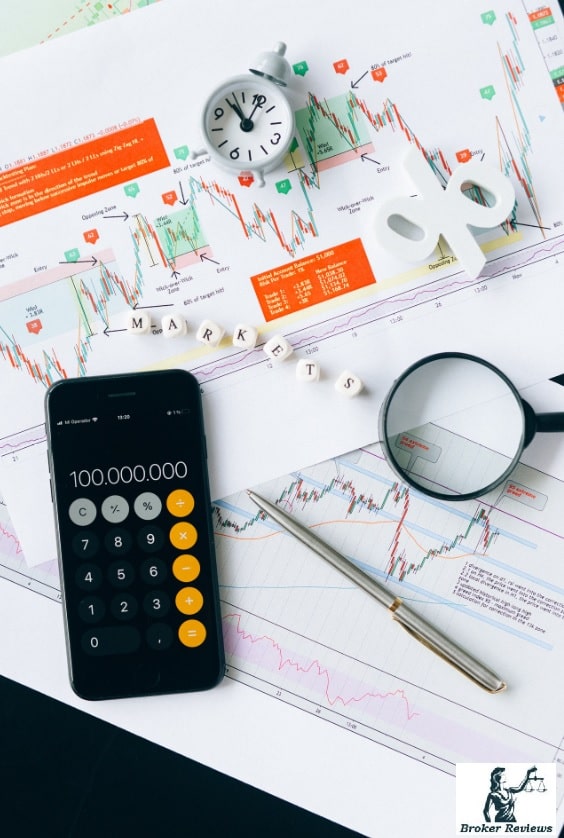All professional forex traders know the fact that forex trading risks are inevitable. The only solution for such risks is accepting them and planning to risk in the direction of profits. Since there is no way to omit the risks, the highly qualified traders use strategies with threatening small to earn a significant amount of profits. In other words, the essential thing that makes them professional foreign-exchange traders is their strength in risk management.
Further Reading:
To achieve such success, those professional traders must have increased their knowledge about risks and drawdowns in the forex market even before starting their trades. That’s why it is highly recommended that all beginners become familiar with different types of threats in forex trading to know how to manage them. Note that for solving a problem, you always need to know what the story is behind it.
For knowing such risks, you can go through this article and learn about five significant forex trading risks with their features and characteristic. In this sense, you will understand risk management better and won’t stick in the trap of such risks.
Table of Contents
Exchange Rate Risk
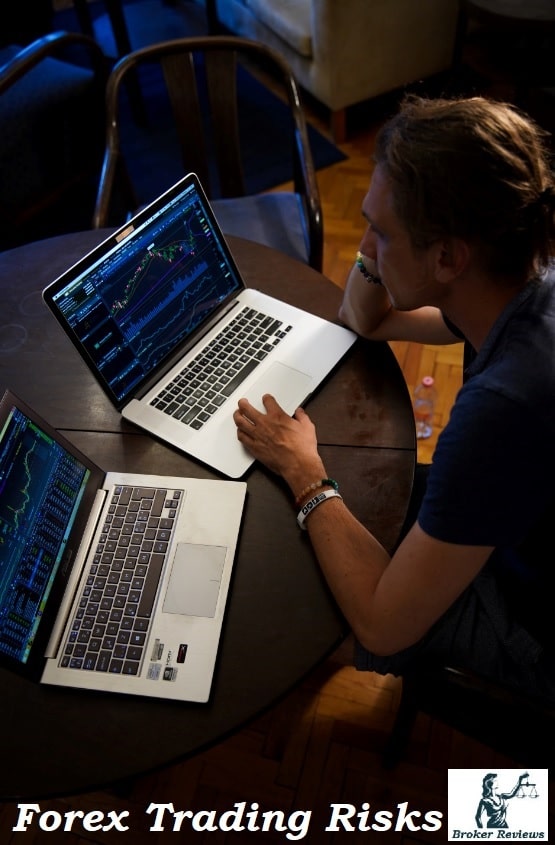
Exchange rate risk is one of the most probable types of risk in the forex market. As the title is showing, this risk is caused by changes in the value of the currency. Typically, this type of risk is because of the global changes closely related to worldwide supply and demand balance. That’s why for some time, the trader’s position is excellent, and another time it is not because the trading position is dependent on the price changing in the world.
This type of alternation in forex trading is because the off-exchange trading of forex is not regulated; therefore, there is no daily price limit for the future ex-change. The most helpful way to deal with such risks is minimizing losses and increasing profits by using reliable trading strategies such as:
- Managing the position limits – by this, you must carry the maximum amount of any currency that each trader is allowed to take.
- The loss limits – it is not appropriate to places the stop losses continuously. You must find the right place and do not get into the stop loss cycle of doom.
- Risk/reward ratio – you can use some trading guidelines to measure the amount of possible loss and profits for their transactions. This is going to help them to manage the exchange rate risk better.
Credit Risk
Credit risk could be defined when the debtor will not repay, and it usually concerns corporations and banks. Credit risk is very low for a trader who is doing transactions on the margin, or it is better to say for the individual trader, while the companies are in danger of more losses with such a risk. Furthermore, the companies regulated by the authorities in G-7 countries are dealing with lower credit risk.
The National Futures Association (NFA) and the Commodity Futures Trading Commission (CFTC) have denied the jurisdiction of unregistered forex firms. In this sense, they have considered some strict rules for any country to jurisdiction the right forex companies. For managing such risks as an individual trader, you must check the jurisdiction of the companies they will work with. You can check the companies by authorities like CFTC, NFA, FCA, and PRA.
Generally, credit risk is divided into three chances:
- Replacement risk
- Settlement risk
- Counterparty default risk
- Country and Liquidity Risk
It has been seen several periods in the liquidity of the forex market. Liquidity in the forex market means how active the market is. That’s why the matter of liquidity is closely related to the exchange rate. When there is the risk of liquidity in the forex market, the chance of earning massive profit is minimal. Sometimes specific nations and groups will face more losses as the result of a currency’s transaction limit. There, you could understand what the country risk and how it is related to the liquidity risk. For overcoming such trouble, you can use stop loss and limit orders to limit the losses and the risk.
Interest Rate Risk
The interest rate risk happens when the fluctuations in the forward spreads and forwarding amount mismatches and transaction gaps between foreign exchange books affect the profit and loss. This risk is dealing with currency swaps; bold outright, futures, and options. By setting limits on the total size of mismatches, you can limit the interest rate risk. In this regard, you could separate the mismatches into six months and the past six months. It is better to do this separation based on the mismatches’ maturity dates. So, you can predict all the changes which could affect the noticeable gaps by continuous analysis of the interest rate to predict
Transactional Risk
You cannot predict some losses just because of the errors in the communication, handling, and confirmation of a trader’s orders. These types of errors are generally called “out trades,” which could be the fault of the dealing counterparty institution. The transaction risk will increase if the gap time between entering and settling a contract is more than usual.
Leverage Risk
Leverage in the realm of forex trading needs a margin which is a small initial investment. In this sense, the trader has the chance to have access to actual trades in foreign currencies. Any small fluctuations can make a trader pay an additional margin. Although leverages could help you increase your profit, using extra leverages during volatile market conditions will bring you massive losses.
How to Manage Risks in Forex Trading?
Once you become familiar with forex trading risks, it is time to look for a different strategy to manage them. Before using any strategy, you must accept that chances happen whether you like it or not. Therefore, take risks and manage them in a way that not only avoids blowing up your account but also makes a considerable amount of profit out of them. Then it is time to apply some tips that all the professional forex traders have used to handle the risks:
- Extensive knowledge about the forex market – if you do not know much about the forex market, you cannot manage its risk. So, expand your understanding of forex trading and all the essential elements in the forex market.
- Embrace the risks – all the influential forex traders accept the foreign exchange trading risks and set their transactional goals based on these risks. In this sense, they will not be shocked with losses, and they know where to place a stop loss.
- Controlling emotions – one of the critical factors for managing the risk of forex transactions is the ability to manage your emotion. Of course, it is impossible to eradicate your feeling; you can avoid all the situations that affect your emotion.
- News and events – smart traders are aware of the importance of recent events in forex markets. Because some of the forex trading risks are closely related to the events happening in the foreign exchange market or the world out of it, such as social and political events.
- Demo accounts – demo account plays a vital role in becoming a master of risk management. Almost all forex brokers have provided demo accounts that you can practice forex trading there for free. Therefore, when you do trading, you understand the risks and manage them in actual transactions.
- Using analyzing tools – another way to manage risks is using tools designed explicitly for forex analysis. For instance, different charts analyzing them could increase the speed of risk management.
The Bottom Line about forex trading risks
Usually, people are afraid of forex trading risks, and sometimes this fear makes them give their trading dreams. However, if you ask all those professional forex traders who have achieved massive success in the forex market, they will claim that the risks were the thing that leads them to win. This acceptance makes them powerful in managing the risks. So, it would be better for you to know different types of forex trading risks and go for handling them based on the kind of risk.
References
https://www.investopedia.com/articles/investing/111214/top-5-forex-risks-traders-should-consider.asp



